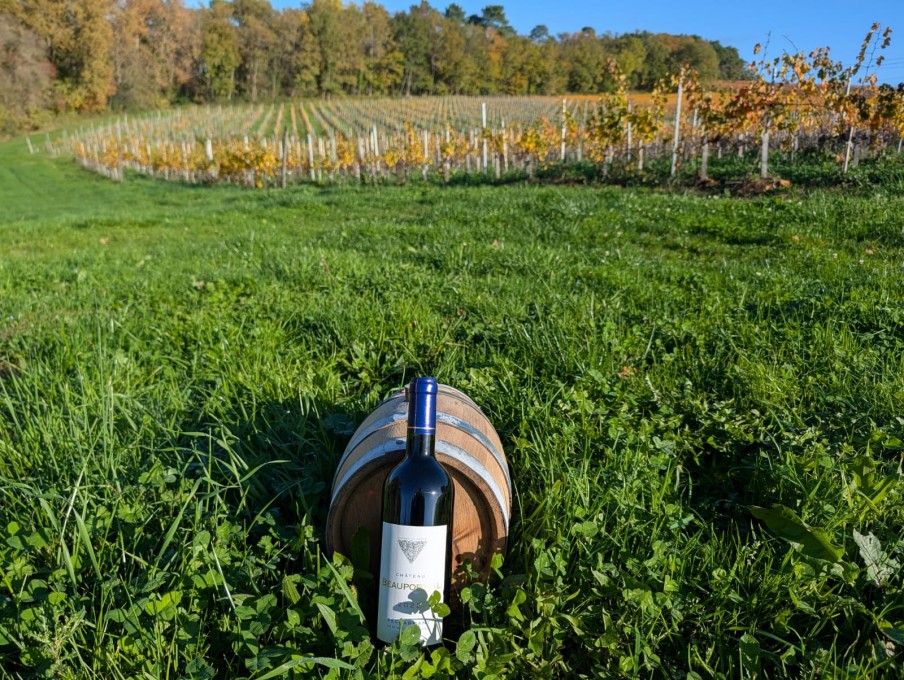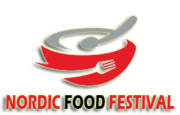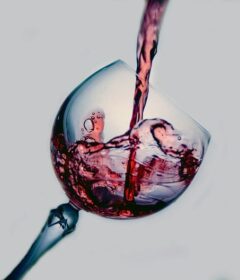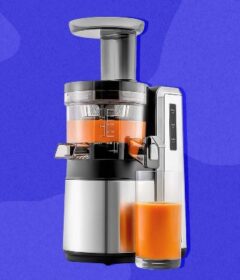The Underdog’s Gambit: Why Pécharmant is Bordeaux’s Most Compelling Rival

In the grand, gilded theater of French wine, Bordeaux plays the lead. It’s the name that echoes through auction houses, fills cellars, and defines luxury for generations. But just off-stage, in a quiet corner of Southwest France, a compelling understudy has been honing its craft, waiting for its moment in the spotlight. This is Pécharmant, a tiny appellation that doesn’t just mimic the Bordeaux playbook—it refines it, offering a concentrated, soulful, and often more accessible expression of the same classic grapes, making it one of the best French red wines 2025.
The battle between Pécharmant and Bordeaux is not one of outright superiority, but of philosophy. It’s a clash between the global titan and the local hero, the vast blend and the terroir-specific gem. For wine lovers seeking both quality and value, understanding this rivalry is essential.
The Contenders: A Tale of Scale and Intimacy
First, let’s set the stage. The differences in scale alone are staggering.
Bordeaux is a behemoth. It’s a vast region producing over 700 million bottles annually from a tapestry of over 60 appellations. Its name is synonymous with Cabernet Sauvignon and Merlot, supported by Cabernet Franc, Petit Verdot, and Malbec. The style can range from the powerful, cassis-driven Left Bank to the plush, merlot-dominated Right Bank, all the way to fresh, zesty whites. Bordeaux is a universe in a bottle.
Pécharmant, by contrast, is a single, tiny appellation nestled just northeast of the Bergerac town, itself east of Bordeaux. It produces a mere 1.5 million bottles per year—a drop in Bordeaux’s ocean. Its wines are exclusively red, built from the very same Bordeaux varieties: Merlot, Cabernet Sauvignon, Cabernet Franc, and a touch of Malbec. The intimacy here is key; there is one soil, one climate, one focused mission.
The Secret Weapon: Terroir’s Textural Difference
Why does Pécharmant taste distinct? The answer lies beneath the vines. While Bordeaux’s terroir is famously diverse, Pécharmant’s is uniquely consistent and defining.
The appellation sits on a plateau of sandy-clay soils interlaced with iron-rich gravels, known locally as ‘gress’. Crucially, beneath this topsoil lies a subsoil of hard, iron-pan called ‘alios’. This impermeable layer forces the vines to dig their roots deep in search of water, resulting in lower yields and more concentrated berries.
This, combined with a slightly warmer and drier continental influence than maritime Bordeaux, gives Pécharmant its signature character: a deep, dark color, a robust structure, and a distinctive note of dark, earthy fruit often described as truffle, tobacco, and plum. While a young Bordeaux might be taut with cassis and pencil shavings, a young Pécharmant is often more immediately generous with its fruit, yet grounded by a profound mineral core.
A Tale of Two Tastes: Side-by-Side Comparison
Let’s put them in a head-to-head tasting.
| Characteristic | A Classic Bordeaux Supérieur | A Classic Pécharmant |
| Primary Aromas/Flavors | Cassis, red cherry, plum, cedar, pencil lead | Black plum, blackberry, dark chocolate, truffle, violets |
| Structure (Tannins/Acidity) | Firm, grippy tannins; pronounced acidity | Rounded, silky tannins; balanced, fresh acidity |
| Body & Texture | Medium to full-bodied, often more linear | Inherently full-bodied, plush and dense texture |
| Typical Aging Potential | 5-10 years (for good Crus Bourgeois) | 5-15 years (often peaking beautifully at 8-10) |
| Terroir Expression | A reflection of its specific commune (e.g., Pauillac, St-Émilion) | A consistent expression of iron-rich, sandy-gravel soils |
As the table illustrates, Pécharmant offers a different kind of sophistication. Its tannins are often riper and more integrated in their youth, making it approachable earlier than many equivalently priced Bordeaux. Yet, it possesses the structure and depth to age gracefully, developing complex tertiary notes of leather, forest floor, and spice.

The Value Proposition: Pécharmant as an Affordable Alternative
This is where the “battle” gets particularly interesting for the everyday wine drinker. The Bordeaux brand carries a premium. Securing a bottle from a famous château with serious aging potential requires a significant investment. However, the hunt for a “Baby Bordeaux” has long been a favorite pastime for sommeliers and savvy shoppers.
Pécharmant is not a “Baby Bordeaux.” It is a fully mature, distinct appellation in its own right. But in the context of value, it is arguably one of the most successful “affordable alternatives.”
Consider this price-to-quality comparison:
| Scenario | In the World of Bordeaux | In the World of Pécharmant |
| For $15-$25 | A decent, entry-level Bordeaux Supérieur or a simple Bordeaux AOC. Often simple, fruity, and meant for early drinking. | A top-tier bottle from a leading Pécharmant producer. A serious, age-worthy wine that represents the apex of the appellation. |
| For $30-$50 | A good Cru Bourgeois or a solid Right Bank estate wine. This is where quality Bordeaux truly begins. | The absolute pinnacle of Pécharmant. Wines of incredible depth and complexity that rival Bordeaux twice their price. |
| The “Wow” Factor | You get what you pay for at this level; a reliable, classic claret. | The value is stunning. You consistently feel you are getting more wine for your money. |
This value is born from obscurity. Without the global fame of Bordeaux, Pécharmant producers can focus their resources on quality in the vineyard and the cellar, rather than marketing and global distribution. The result is a bottle that over-delivers on every front.
The Verdict: Rival or Refuge?
So, is Pecharmant wine a rival to Bordeaux? In a sense, yes. It demonstrates that the magic of the Merlot-Cabernet blend is not exclusive to the Gironde estuary. It proves that intensity, complexity, and ageability can be achieved on a smaller, more personal scale.
But perhaps a better term is “sanctuary.” Pécharmant is a refuge for drinkers weary of the inflated prices and sometimes homogenous styles of the broader Bordeaux market. It is a region untouched by hype, where wine is a pure expression of its earth and the people who tend it.
The next time you’re in the mood for the noble blend of Bordeaux varieties, look beyond the Gironde. Take a short journey east to Pécharmant. You will discover a wine that is not trying to be Bordeaux, but is confidently, profoundly itself—a powerful, elegant, and generously priced testament to the fact that the greatest battles in wine are often won by the most focused contenders. In this regional duel, the true winner is the curious wine lover.




